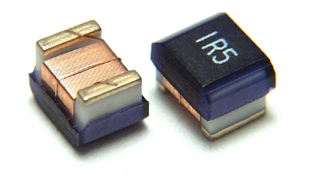I've been reading a bunch about power electronics and I've rediscovered the inductor. Basically, out of the three types of passive components (resistors, capacitors, and inductors), inductors are the hardest to understand, but also the coolest. Back in my early days I was mostly playing with DC voltage where an inductor isn't very interesting. But start working with cycling or pulsing circuits and inductors can do all kinds of cool things.


Basically when you start putting power through, the coil sucks some of the energy to start building a magnetic field. After the field saturates (if you let it), then the coil just ignores you and just acts like a wire. Until you try and cut the current.


Then the inductors says, "Oh no you don't," throwing itself on its magnetic field in order to maintain the status quo. And it does it with a vengance too. Even if you were only powering it with 12V originally, it can generate infinite voltages in an attempt to keep the current flowing (subject of course to parasitic capatitance and internal resistance). A coil without a path to discharge its current can start breaking down insulation, burning through local semiconductors, or even arcing through the air. Now you don't get anything for free: the current is going to be much smaller that before (so that power is constant), but higher voltages and lower currents are actually very handy for reducing conduction losses, so this can be put to good use.


While these are typically used for short term energy storage (milliseconds), scientists are experimenting with creating giant superconducting versions that can store gigawatts. There's even products for evening out temporary spikes in power use for industrial customers.


A much more boring use is using these things for filtering out high or low frequencies, or creating resonant circuits for radios. I mean who cares as long as my cell phone works.
